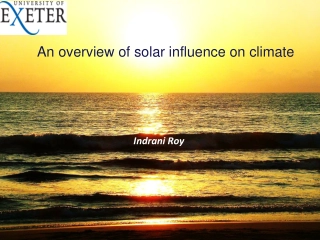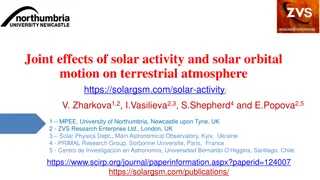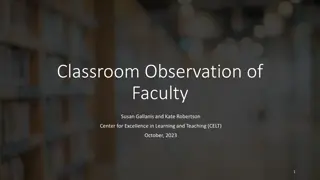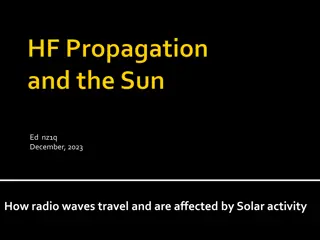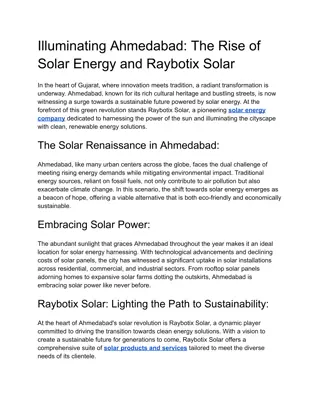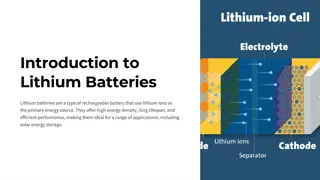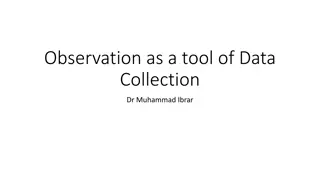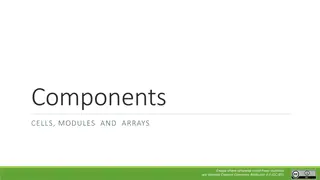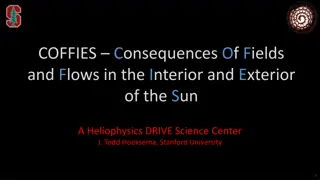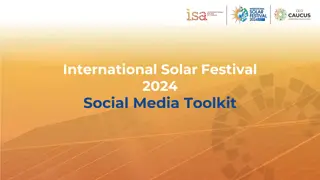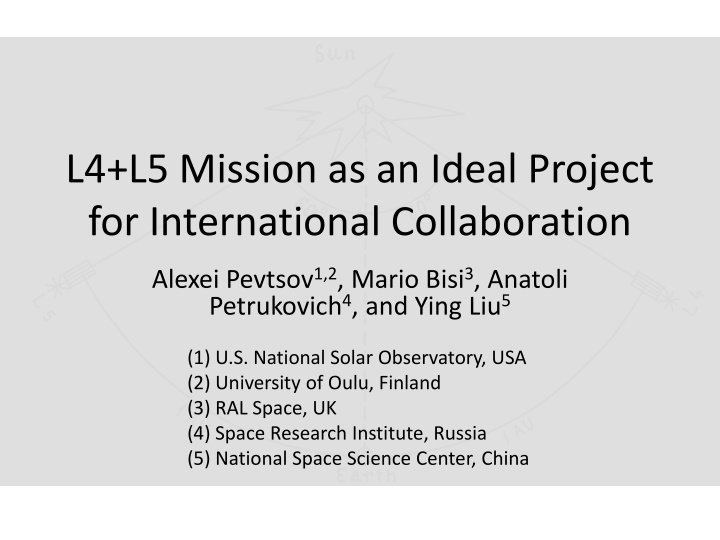
L4+L5 International Collaboration in Solar Observation
"This discusses international projects involving L4+L5 positions for solar observation. Nations like China, India, and Russia plan missions to study solar activity using unique instruments. Collaboration on L4+L5 would enhance solar forecasts and understanding of space weather phenomena."
Download Presentation

Please find below an Image/Link to download the presentation.
The content on the website is provided AS IS for your information and personal use only. It may not be sold, licensed, or shared on other websites without obtaining consent from the author. If you encounter any issues during the download, it is possible that the publisher has removed the file from their server.
You are allowed to download the files provided on this website for personal or commercial use, subject to the condition that they are used lawfully. All files are the property of their respective owners.
The content on the website is provided AS IS for your information and personal use only. It may not be sold, licensed, or shared on other websites without obtaining consent from the author.
E N D
Presentation Transcript
L4+L5 Mission as an Ideal Project for International Collaboration Alexei Pevtsov1,2, Mario Bisi3, Anatoli Petrukovich4, and Ying Liu5 (1) U.S. National Solar Observatory, USA (2) University of Oulu, Finland (3) RAL Space, UK (4) Space Research Institute, Russia (5) National Space Science Center, China
What Do Some Other Spacefaring Nations Plan for L5? China L5 mission was proposed to the Chinese Space Science Priority Program; could consider L4 as China s contribution to the international project, and could also contribute to the ESA L5 mission in terms of instruments, launch and in particular Chinese DSN. India Aditya - L1 mission (launch in 2019 2020) There is a considerable interest from Indian scientists for L5 mission and a white paper is under the review at ISRO (Indian Space Research Organisation).
Aditya L1 Instruments Visible Emission Line Coronagraph (VELC): (3 visible and 1 Infra-Red channels); magnetic field measurement of solar corona Solar Ultraviolet Imaging Telescope (SUIT): near Ultraviolet (200-400 nm), solar irradiance Aditya Solar wind Particle Experiment (ASPEX) Plasma Analyser Package for Aditya (PAPA): solar wind composition Solar Low Energy X-ray Spectrometer (SoLEXS) High Energy L1 Orbiting X-ray Spectrometer (HEL1OS) Magnetometer
What Do Some Other Spacefaring Nations Plan for L5? Russia L4+L5 project originates from the Interplanetary Solar Stereoscopic Observatory (ISSO) Orbital Stellar Stereoscopic Observatory (OStSO) Some interest from the Russian Academy of Sciences; the OStSO project is under evaluation at ROSCOSMOS (Russia's Space Agency).
Instead of having multiple L5 missions, should we aim at L1-L5 and L4? L5 early view of solar surface, which Earth will be facing 4-5 days later L4 a better view of source regions of eruptions responsible for SEPs affecting the near-Earth environment. L4+L5 will cover about 83% of solar surface and significantly improve both short- and long-term forecasts. L4+L1+L5+Flux transport (ADAPT) would provide very realistic representation of magnetic flux of entire solar surface. Other benefits: better polar field, CME triangulation, SW throughout heliosphere, etc.
Example: L5-L1-L4 have different vantage to polar regions June March L5 L1 L5 L4 L1 L4 (red) Plane of Earth orbit inclined to about 7 degrees to solar equator
Polar Field from L1-L5-L4 Knowledge of polar fields is critical for many SW models (e.g., PFSS, WSA-Enlil). Combination of L1, L5 and L4 will improve polar field representation.
Role of L4-L5 for Mars Expedition 30 April 2018 Depart Earth +260 days 15 Jan 2019 Arrive Mars L5 L5 L4 Mars L4 Earth
It is unlikely that ESA-(NASA-NOAA) will fund L4 (in addition to L1 and L5) Possible solution: to encourage other spacefaring nations such as China, India, Russia to launch their own spacecraft to L4 in close coordination with the L5 mission. Advantages: Having L5-L1-L4 would have a huge mutual benefit Costs are more-fully shared; minimal inter-dependency Avoids usual restrictions on transfer of technology (EAR, ITAR) Strong international collaboration in critical area Will provide very positive public and political visibility to the field Requires political will to initiate such collaboration: willingness to share/coordinate requirements for key instruments, establishing clear rules about sharing the data, etc. this needs to happen soon.


